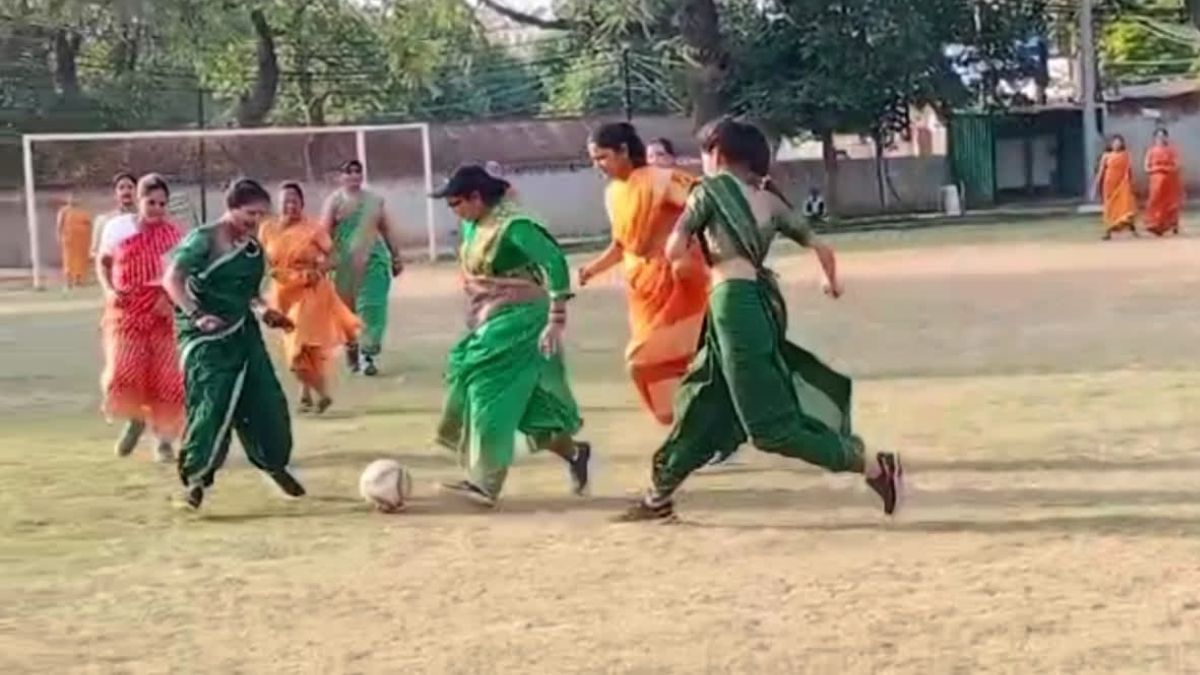
How 'Bend It Like Beckham' Was A Watershed Moment For South Asians
Huff PostIn “Bend It Like Beckham,” Mr. Bhamra makes a powerful statement to a room full of British Punjabi relatives right after his daughter Jess says she wants to go to the U.S. to train for soccer: “I want her to win.” I still remember seeing my father, sitting in our Calcutta living room, tear up watching this moment. In “Bend It Like Beckham,” Jess is the soccer-obsessed Punjabi daughter of immigrants growing up in Southall who joins a women’s soccer team. For British South Asians like Syima Aslam, director and founder of the Bradford Literature Festival, who was in college when she watched the film, it was the creation of a unique visual culture that was moving away from Bollywood — which she enjoyed but didn’t quite identify with — and the social tropes of arranged marriage, conservative parenting and a general lack of agency for women that were prevalent around South Asian immigrants in the U.K. “When I saw it, I went, ‘This is us. “I didn’t really watch too many films in English because those worlds were too far removed from mine,” she told me in a text message, “But when I watched this one, there was Jess who was dark, someone who looked like me, attracting the very cute Jonathan Rhys Meyers, who I went on to have a big crush on!” For women outside of the U.K., the film was opening up other doors, into worlds where we could see ourselves as the heroine Jess who ends up with the white man, someone we had only seen falling for thin white women in films before. She recounted a South Asian Women In Entertainment event where the filmmaker addressed an audience of South Asian women working in film: “We all cheered her on and she said, ‘All right, let me take a video of this room.’ Rooms like that don’t come by often, and we were all in the room because of women like her!” Today, “Bend It Like Beckham” is a political film.
Discover Related





